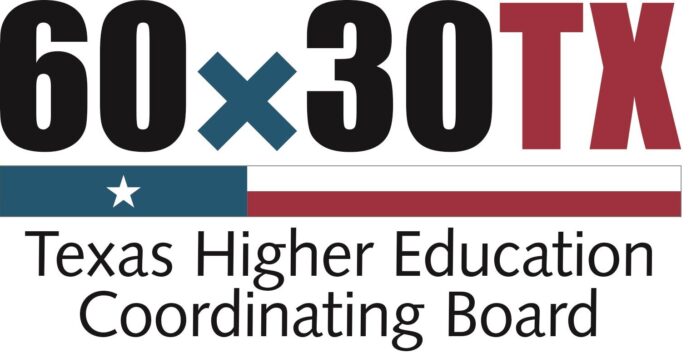AUSTIN The Texas Higher Education Coordinating Board gave final approval at its quarterly board meeting to move forward with the state’s refreshed plan for higher education titled Building a Talent Strong Texas. Under the new plan, Texas will connect more students — including working adults — to college degrees, certificates, and other credentials that offer purpose in the economy, value in the labor market, and opportunities for good jobs and meaningful careers.
The plan builds on the previous 60x30TX plan and is organized around three updated goals with expanded metrics, a news release said.
The three goals and corresponding targets include:
Attainment of postsecondary credentials
The new plan expands attainment goals to include all working age Texans. In doing so, the state will increase employment opportunities and income for individuals, create a deeper talent pool for employers, and align skills with the jobs the workforce demands.
Targets for this goal include:
- 60% of Texans ages 25-34 with a degree, certificate, or other high-value postsecondary credential by 2030.
- 60% of Texans ages 35-64 with a degree, certificate, or other high-value postsecondary credential by 2030.
Postsecondary credentials of value
The new plan intentionally connects degrees, certificates, and other credentials to the typical earnings of graduates. Texas will be the first state to set higher education goals focused on the value of postsecondary credentials for students’ earnings, while also considering costs and student loan debt. This emphasis on the value of credentials will help students, employers, and the public be even more confident that credentials from Texas institutions of higher education will equip graduates for good jobs, continued learning, and lasting, rewarding careers, the release said.
Targets:
- 550,000 students completing postsecondary credentials of value each year.
- 95% of graduates having either no undergraduate student loan debt at all or manageable levels of debt in relation to their potential earnings.
Research, development and innovation
As the pace of change in the Texas economy continues to accelerate, the new plan calls for increased investment in research and development, including basic and applied research and translating new discoveries into innovations that drive economic development. This goal emphasizes a key component of how colleges, universities, and employers must work together to advance the state’s economic competitiveness for the future.
Targets:
- $1 billion increase in annual private and federal research expenditures by 2030.
- 7,500 research doctorates awarded yearly by Texas institutions of higher education.
Each of these goals will also be evaluated in terms of how they advance equity in Texas higher education. New data dashboards to be released later this year will provide detailed information by higher education institution and program, disaggregated by race and ethnicity, gender, and income to ensure accountability and monitor progress.
“As we work in partnership with Texas higher education institutions and employers to advance the value of degrees, certificates, and other postsecondary credentials, we must be even more intentionally committed to advancing equity,” Commissioner of the Higher Education Harrison Keller said in the release. “Texas grew more than any other state over the past decade and is one of the youngest and most diverse states in the nation. More than 95 percent of our growth over the past decade was in communities of color. That means if we’re not advancing our goals equitably, we cannot meet our goals.”




